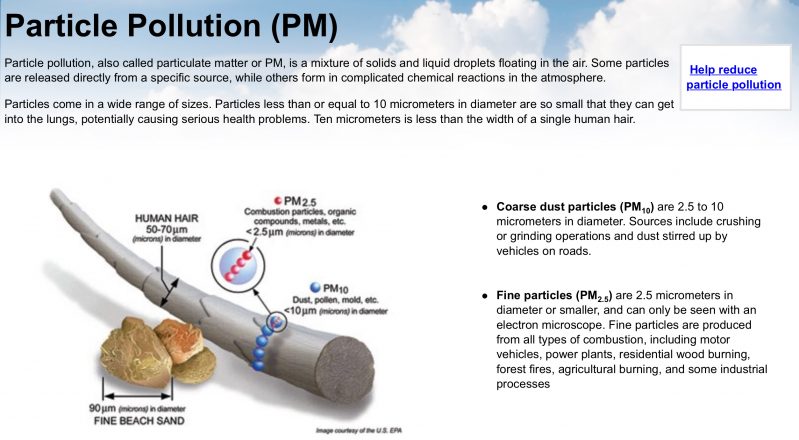|
|
|
|

“We consume 1 million breaths of air every month without knowing how the air quality affects our bodies, mind and comfort.”
Air quality data can be easily obtained through various apps and websites, monitored with commercial gear or even using custom built inexpensive sensors. Considering that 92% of the world’s population is exposed to harmful levels of air pollution this can be a significant biohack to improve your quality of life. The promise of improved sleep, better focus, reduced allergies and asthma management make air quality worth tracking. In this article we will discuss ways to scrape, monitor with commercial options and even build your own air quality monitor from off the shelf sensors.

SCRAPE
Observing air quality in your area does not need to be an expensive endeavor. There are multiple free services and citizen science projects to scrape air quality data such as carbon dioxide, ozone and particulate matter size. The apps and data are free to access and do not even require a login be created to view the data. The APIs are at least initially free to access, but after 10,000 calls per month the charges begin for AirVisual.
-
app: AirVisual – A beautiful and free iOS / Droid app that crowdsources data from their own hardware and the EPA’s AirNow websites.
-
-
www.airnow.gov – A slightly dated website with simple web map interface. The site is an excellent source for definitions and explanations of air quality as well as links to other resources.

Monitor
Taking a look at the slickest user friendly devices on the market currently brings up these three air quality recording devices. The key thing that stands out around the commercial versions is that they are ~$200 and measure particulate matter PM2.5 and volatile organic compounds VOCs.
Build
Now that we have discussed that we can pull air quality data for free or purchase ready to use air quality stations let’s compare to some of the DIY options out there. One can quickly see that combining the PMS5003 sensor to detect particulate matter with the SGP30 for estimated CO2 and volatile organic compounds offers a widest range for DIY data collection.
-
-
Sensor: eCO2 (0-60,000 ppm)
-
Sensor: TVOC (0-60,000 ppb)
-
|
|
|
| |